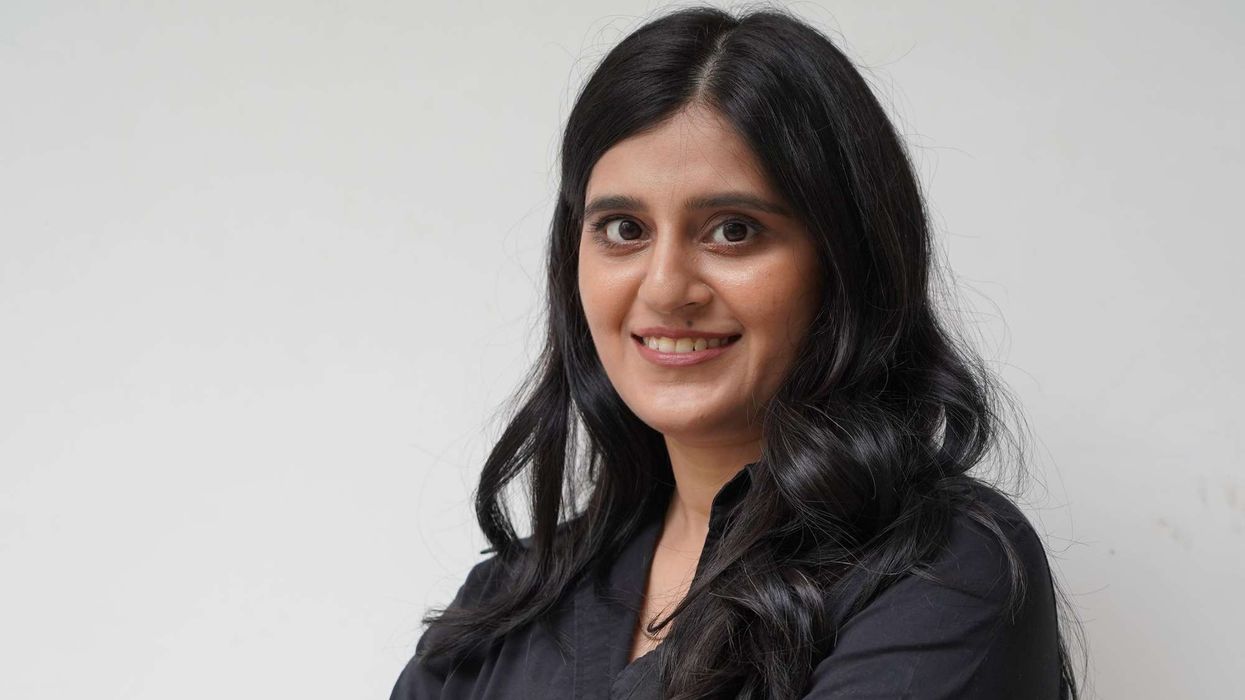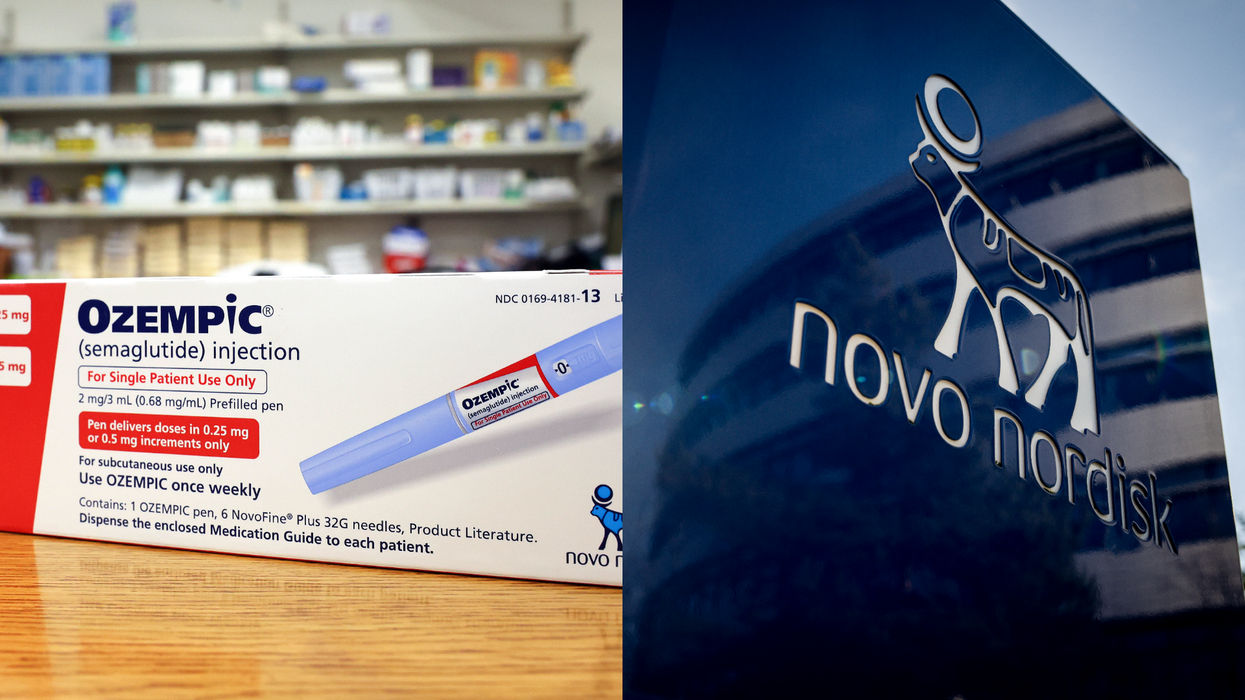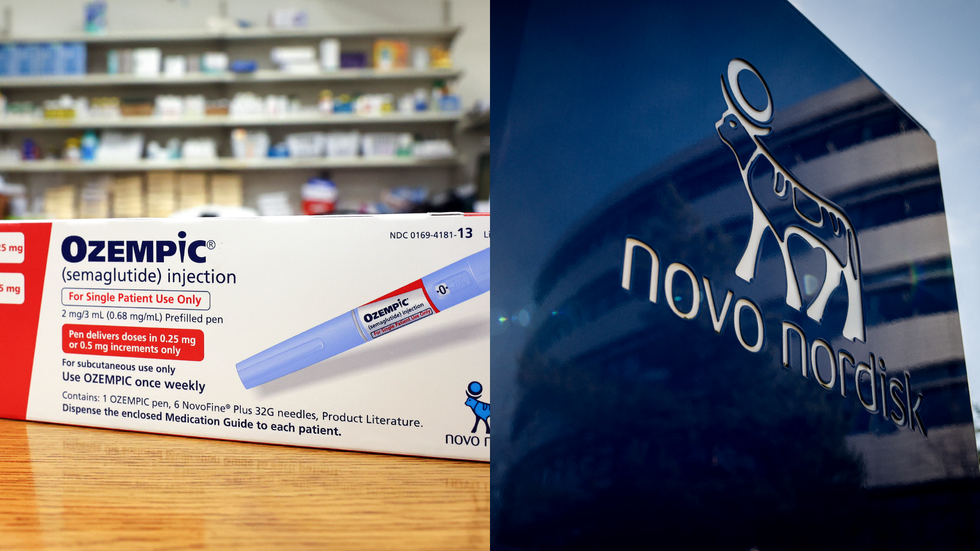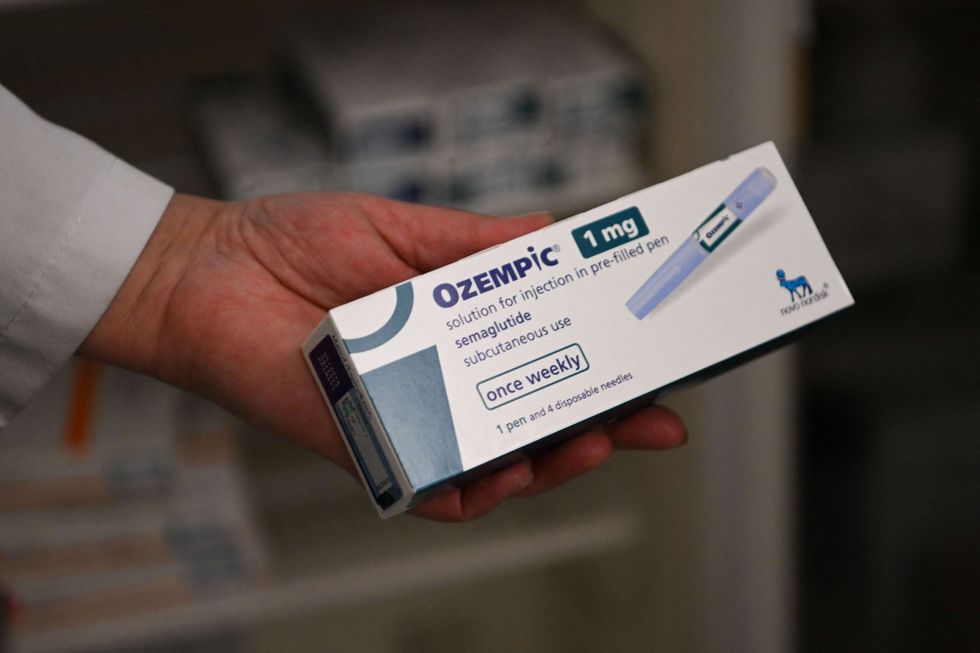Imagine a single daily pill that could dramatically cut your risk of heart attacks and strokes. Sounds almost too good to be true, right? Well, scientists from University College London (UCL) believe this vision could soon be a reality. The breakthrough "polypill" combines a statin and three blood pressure-lowering medications, promising to transform how we prevent cardiovascular diseases, one of the UK’s biggest health challenges.
A revolutionary approach to heart disease prevention
Heart disease and strokes are silent killers, claiming thousands of lives each year. The current NHS Health Check programme helps identify at-risk individuals, but the system isn’t reaching nearly enough people. Fewer than half of those eligible even attend their appointments. This means that countless lives could be saved if more people were offered preventive treatment.
That’s where the polypill comes in. Rather than relying on complex risk assessments, UCL experts suggest a much simpler approach: offering the polypill to everyone aged 50 and over. No lengthy health checks, just the pill. This could make it a revolutionary tool in preventing heart attacks and strokes on a massive scale.
What exactly is the polypill?
The polypill is a combination of four well-established drugs: a statin to lower cholesterol and three different blood pressure-lowering medications. The idea of combining these drugs isn’t new; it dates back to a 2003 study that suggested a polypill could prevent up to 80% of heart attacks and strokes in people over 55. Since then, various trials have backed up these claims.
Professor Aroon Hingorani, a leading UCL researcher, explains that most heart attacks and strokes happen in people with “average” risk levels, which means the current system of identifying high-risk individuals often misses the mark. Offering the polypill to everyone over 50 could potentially save far more lives.
A simple, life-saving solution
One of the biggest advantages of the polypill is its simplicity. There’s no need for complicated medical assessments, just a few basic questions to check for side effects. Once that’s done, eligible people can start taking the pill, drastically reducing their risk of heart-related problems.
UCL researchers estimate that even if only 8% of people over 50 take up the offer, the health benefits would far exceed what’s currently achieved through the NHS Health Check. This new approach could make life-saving medication accessible to millions in the same way that vaccines or folic acid fortification do.
Professor Sir Nicholas Wald, another UCL co-author, compares the polypill approach to other public health programmes designed to prevent illness before it happens. “This isn’t about medicalising half the population,” Wald points out. “It’s about making sure people don’t become patients in the first place.”
Affordable, proven, and effective
The polypill is not only effective but also affordable. The medications it contains are all off-patent, meaning they’re inexpensive to produce. Despite the low cost, these drugs have a long-standing track record of success with minimal side effects. In particular, combining three blood pressure drugs at low doses reduces the risk of side effects even further while maximising the benefits.
In 2019, a landmark study in rural Iran showed that taking the polypill for five years reduced heart attacks and strokes by a third. This dramatic finding demonstrates the real-world potential of the polypill to change the game not just in the UK but globally.
What’s next for the polypill?
With such compelling evidence, the next step is figuring out how to introduce the polypill programme nationwide. UCL researchers have proposed a pilot project to evaluate how best to roll it out, looking at factors such as cost, uptake, and long-term effectiveness.
However, for this plan to become a reality, it would require policy changes. Currently, local authorities are required to offer NHS Health Checks, and a polypill programme would need to replace or supplement this. But the UCL team is confident this shift is necessary, calling the current situation “untenable.”
With over seven million people in the UK affected by cardiovascular disease, and more than 200,000 heart attacks and strokes every year, it’s clear that a new approach is desperately needed. The polypill could be that solution: a simple, affordable, and effective way to prevent countless deaths and reduce the burden on the NHS.
A new era in prevention
The polypill isn’t just another medical treatment; it could be the key to unlocking a future with fewer heart attacks and strokes. By offering this life-saving pill to everyone over 50, we could see a drastic reduction in cardiovascular diseases. The scientific evidence is strong, the potential impact is huge, and the time to act is now.
As we wait for further studies and potential rollouts, one thing is certain: prevention is always better than cure, and the polypill could very well be the future of heart disease prevention.







 Novo Nordisk launches Ozempic in India as diabetes cases climb Getty Images
Novo Nordisk launches Ozempic in India as diabetes cases climb Getty Images  Ozempic weekly pens now available in India for type 2 diabetesiStock
Ozempic weekly pens now available in India for type 2 diabetesiStock  India gets Ozempic as obesity and diabetes numbers riseiStock
India gets Ozempic as obesity and diabetes numbers riseiStock  Doctors say Ozempic helps blood sugar and weight management in adultsiStock
Doctors say Ozempic helps blood sugar and weight management in adultsiStock





